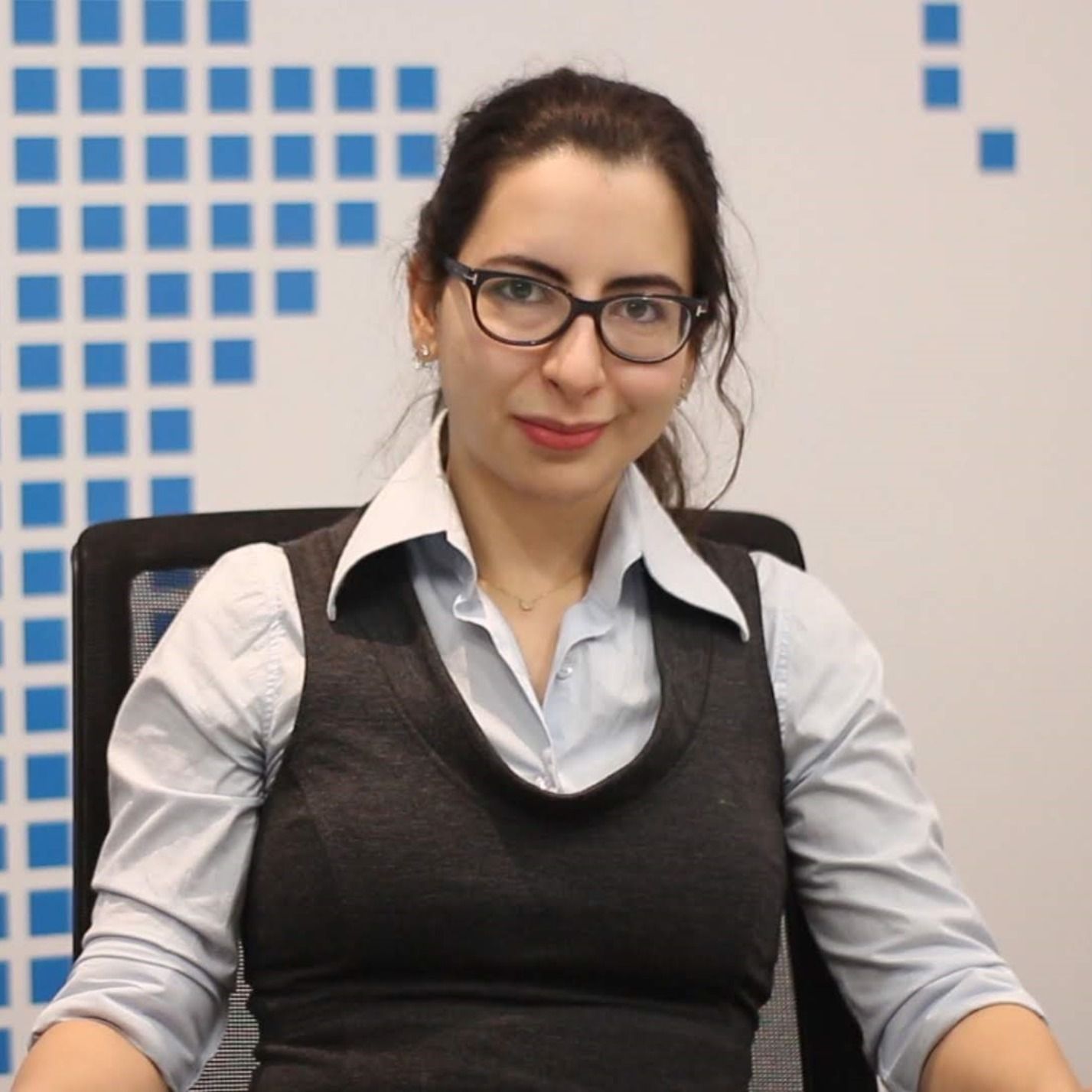- Technology
- SEE MORE
- classical
- general
- talk
- News
- Family
- Bürgerfunk
- pop
- Islam
- soul
- jazz
- Comedy
- humor
- wissenschaft
- opera
- baroque
- gesellschaft
- theater
- Local
- alternative
- electro
- rock
- rap
- lifestyle
- Music
- como
- RNE
- ballads
- greek
- Buddhism
- deportes
- christian
- piano
- djs
- Dance
- dutch
- flamenco
- social
- hope
- christian rock
- academia
- afrique
- Business
- musique
- ελληνική-μουσική
- religion
- World radio
- Zarzuela
- travel
- World
- NFL
- media
- Art
- public
- Sports
- Gospel
- st.
- baptist
- Leisure
- Kids & Family
- musical
- club
- Culture
- Health & Fitness
- True Crime
- Fiction
- children
- Society & Culture
- TV & Film
- gold
- kunst
- música
- gay
- Natural
- a
- francais
- bach
- economics
- kultur
- evangelical
- tech
- Opinion
- Government
- gaming
- College
- technik
- History
- Jesus
- Health
- movies
- radio
- services
- Church
- podcast
- Education
- international
- Transportation
- Other
- kids
- podcasts
- philadelphia
- Noticias
- love
- sport
- Salud
- film
- and
- 4chan
- Disco
- Stories
- fashion
- Arts
- interviews
- hardstyle
- entertainment
- humour
- medieval
- literature
- alma
- Cultura
- video
- TV
- Science
- en
Episode 42: Privacy-Preserving Natural Language Processing with Patricia Thaine

Show Notes
- (2:55) Patricia talked about his interest in learning languages and living in different cultures.
- (4:05) Patricia talked about her experience volunteering as a translator at the International Network of Street Papers.
- (5:00) Patricia studied Liberal Arts at John Abbott College, English Literature at Concordia University, and Computer Science and Linguistics at McGill University during her undergraduate years.
- (8:06) Patricia worked at McGill Language Development Lab as a Research Assistant, which studied how children learn different types of words and sentences.
- (9:15) Patricia described her graduate school experience at the University of Toronto, where she researched lost language decipherment and writing systems.
- (11:19) Patricia talked about MedStory, which is a text-oriented visual prototype built to support the complexity of medical narratives (spearheaded by Nicole Sultanum).
- (12:35) Patricia explained her research paper, “Vowel and Consonant Classification through Spectral Decomposition.”
- (15:29) Patricia unpacked her blog post, “Why is Privacy-Preserving NLP Important?”
- (19:02) Patricia dissected her paper “Privacy-Preserving Character Language Modelling” that proposes a method for calculating character bigram and trigram probabilities over sensitive data using homomorphic encryption.
- (21:13) Patricia wrote a two-part series called “Homomorphic Encryption for Beginners.”
- (22:21) Patricia unwrapped her paper “Efficient Evaluation of Activation Functions over Encrypted Data” that shows how to represent the value of any function over a defined and bounded interval, given encrypted input data, without needing to decrypt any intermediate values before obtaining the function’s output.
- (25:33) Patricia elaborated on her paper “Extracting Bark-Frequency Cepstral Coefficients from Encrypted Signals,” which claims that extracting spectral features from encrypted signals is the first step towards achieving secure end-to-end automatic speech recognition over encrypted data.
- (27:38) Patricia explained why privacy is an essential attribute for speech recognition applications.
- (29:53) Patricia discussed her comprehensive guide on “Perfectly Privacy-Preserving AI” which dives into the four pillars of perfectly privacy-preserving AI and outlines potential combinatorial solutions to satisfy all four pillars.
- (37:53) Patricia shared her take on the differences working in academic and commercial settings (she is the founder and CEO of Private AI).
- (40:50) Patricia talked about Private AI’s GALATEA Anonymization Suite, which anonymizes data at the source and encrypts them using quantum-safe cryptography.
- (45:05) Patricia emphasized the importance of talking to customers when building a commercial product.
- (46:58) Patricia shared her experience as a Postgraduate Affiliate at Vector Institute, which works with institutions, industry, startups, incubators, and accelerators to advance AI research and drive its application, adoption, and commercialization across Canada.
- (49:09) Patricia shared her advice for young researchers by going deep into at least two domains and combining the knowledge.
- (50:30) Patricia shared her excitement for privacy and NLP research in the upcoming years.
- (52:36) Closing segment.
Her Contact Info
Her Recommended Resources
- Homomorphic Encryption
- Secure Multiparty Computation
- Federated Learning
- Differential Privacy
- Vector Institute
- MILA Montreal Institute
- Alberta Machine Intelligence Institute
- Reza Shokri (Assistant Professor at National University of Singapore)
- Parinaz Sobhani (Director of Machine Learning at Georgian Partners)
- Doina Precup (Associate Professor at McGill University)